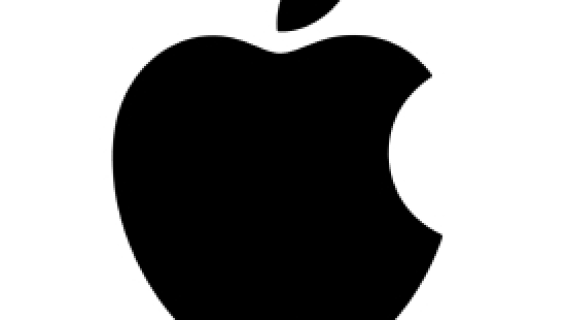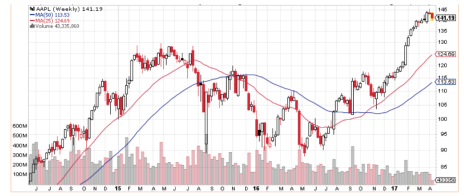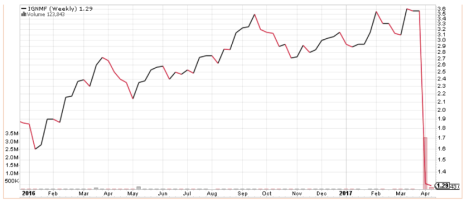Apple (AAPL) is one of the glamour stock leaders of the market, a stock that has a ton of cash on hand, free cash flow and a devoted flock of followers who will buy whatever the company produces. With 37 analysts on the job analyzing and interpreting every data release, rumor, trend, leak and post, there’s not much about AAPL stock that’s going to get by investors.
The same is true for Amazon (AMZN), which also has 37 pairs of eyes on everything it does. (By contrast, a Chinese stock giant like Baidu (BIDU) commands the attention of just 11 analysts.)
For investors who own AAPL stock, having all those sharp minds at work predicting and projecting trends is a great comfort. The consensus of the analyst community is that Apple grew revenue by 6.3% in the first quarter and will grow it 14.1% next quarter, 7.7% in the current year and 14.4% next year. Earnings are forecast at $8.95 per share in the current year and $10.24 next year.
[text_ad]
AAPL Stock On a Tear
Apple stock has been on a huge roll since its bottom at 88 in May 2016, with the stock breaking out to new all-time highs in February and running all the way to 145 earlier in April before pulling back for a couple of weeks. Here’s what the chart looks like. For the faithful, not even that year of bumping downhill from May 2015 to May 2016 could dampen their enthusiasm.
But while everybody is interested in AAPL stock, the interesting smaller story is what’s happening to some of the secondary investments in the company. These are the companies that have gained a big following because of their status as suppliers to Apple, a situation that can result in great revenue growth for years at a time.
And the story is that while Apple can be the source of great prosperity for its suppliers (and great investments for growth investors looking for a lesser-known play in the tech sector), sometimes Apple can be the source of the kind of Black Swan event that can kick your portfolio on the ribs without warning.
When an Apple Supplier Becomes a Former Apple Supplier
A great recent example on the upside is Skyworks Solutions (SWKS), a chip company whose chips go into both Apple (which contributed 40% of revenue in the latest year) and Samsung devices. In addition to the security of having another big headline company as a customer, Skyworks is also a leader in the Internet of Things (IoT) movement that’s connecting all kinds of devices to the internet. Good stock.
But the danger in investing in these Apple suppliers is also clear. The companies can enjoy the luxury of a customer with a high profile and massive scale. But if Apple decides to change suppliers, things can change quickly.
Here’s a chart of the stock of Imagination Technologies (IGNMF) showing what happened on April 3 when Apple announced that it would be taking its multimedia processor business in-house over the next 15 to 24 months. (That’s a drop of over 70%, if you’re keeping score.) The stock actually trades on the London Stock Exchange and this is the OTC U.S. equivalent.
The same kind of thing could happen to Cirrus Logic (CRUS) or any other Apple supplier, although CRUS looks pretty good right now.
The moral of the story is the same as it always is for growth stocks. There are no sure things and you have to pay attention (and have your stops in place) to protect your portfolio from the Black Swans when someone takes your Apple away.
[author_ad]




